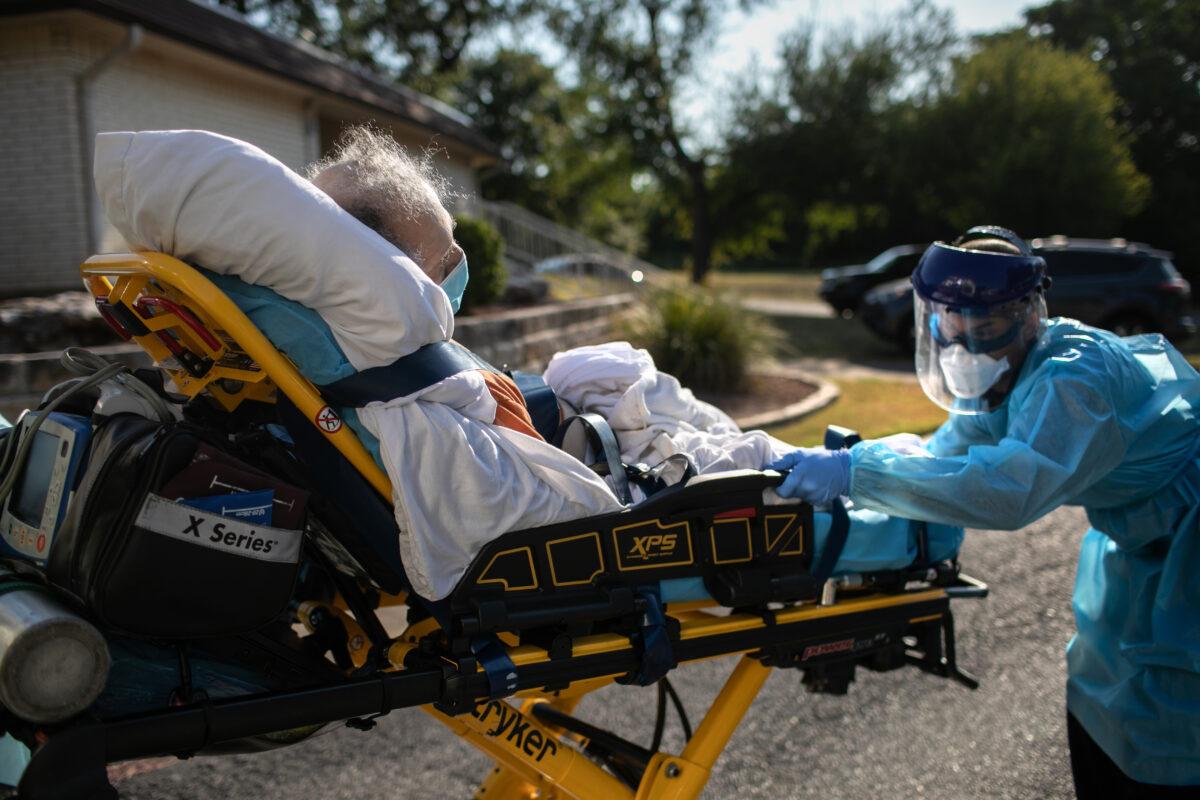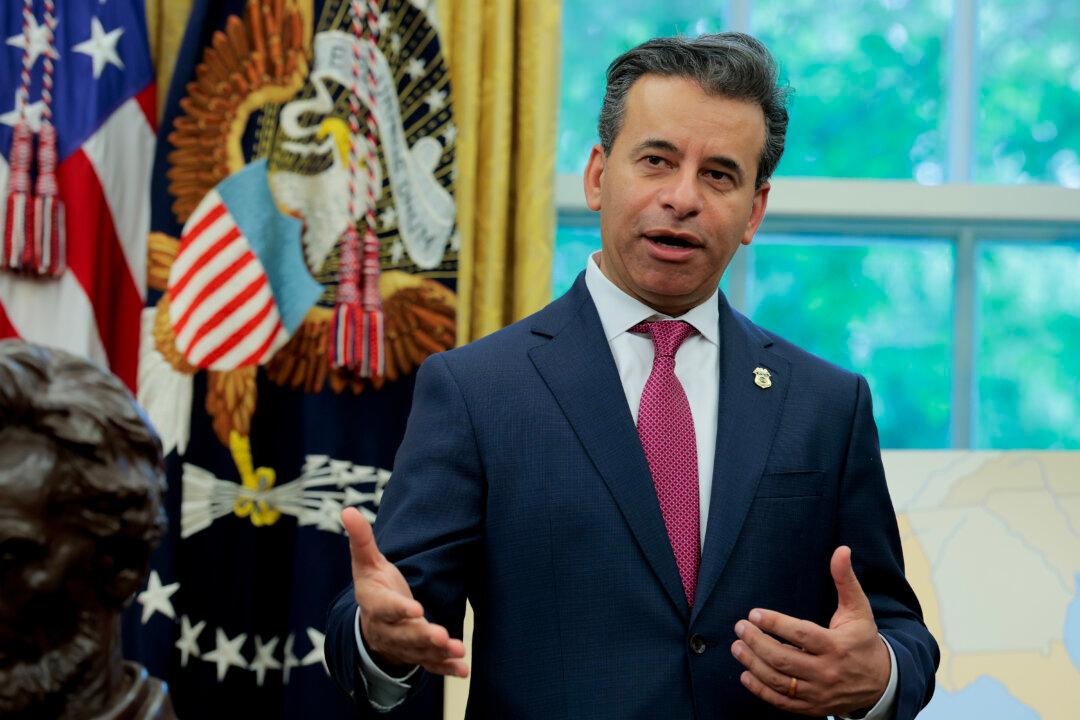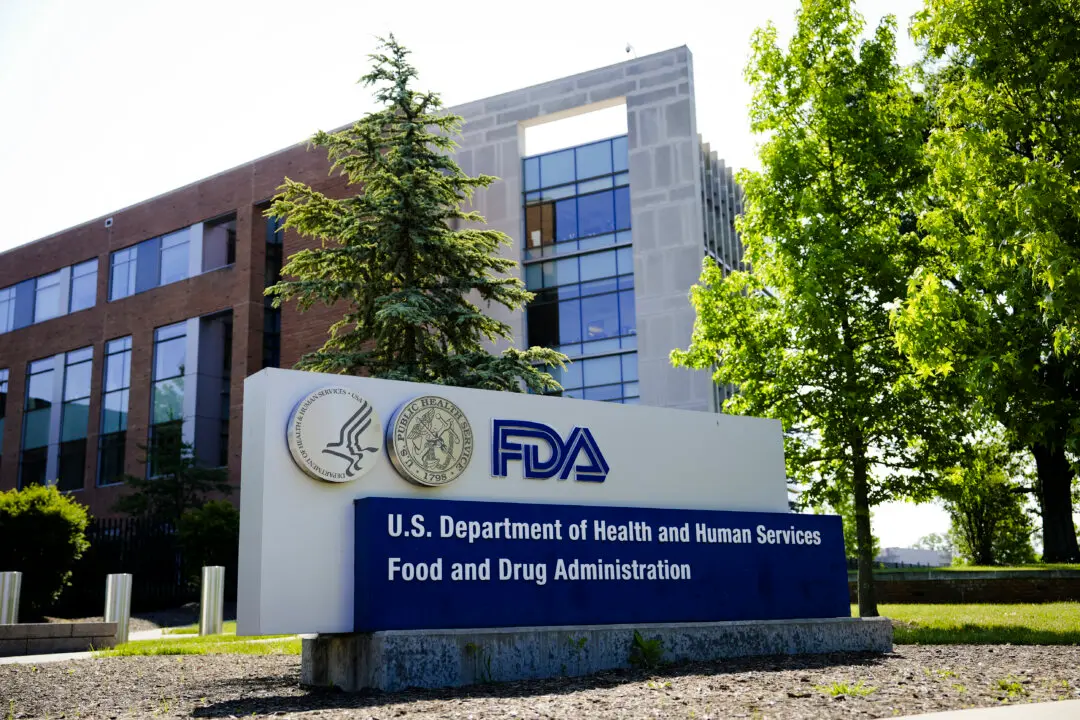“I’m feeling good & experiencing very mild symptoms. I’ll be working from home until it’s safe for me to return to DC,” Scott, 67, said in a social media statement.
“I remind everyone to be careful & do the right things to protect yourselves & others. Wear a mask. Socially distance. Quarantine if you come in contact with someone positive like I did. We will beat this together, but we all must be responsible. I want to thank all the incredible health care workers who are working around the clock to care for patients,” he added.
Scott, the former governor of Florida, is the seventh senator to test positive for the disease.
Reps. Doug Lamborn (R-Colo.), Dan Newhouse (R-Wash.), Ed Perlmutter (D-Colo.), Cheri Bustos (D-Ill.), and Tim Walberg (R-Mich.) have also tested positive since Sunday.
The CCP virus primarily spreads person to person, mainly through close contact (within 6 feet) via respiratory droplets produced when an infected person coughs, sneezes, breathes, sings, or talks, according to the Centers for Disease Control and Prevention (CDC).
“Respiratory droplets cause infection when they are inhaled or deposited on mucous membranes, such as those that line the inside of the nose and mouth,” the health agency says on its website.
Prevention techniques include avoiding crowds, wearing masks, and washing hands frequently.
Symptoms of the disease typically appear 2 to 14 days after exposure to the virus and include cough, congestion, and aches.

The overwhelming majority of patients survive, many with few or no symptoms, but a small percentage require hospital care and a subset of those patients die.
The elderly and those with serious underlying health conditions are most at risk of experiencing severe COVID-19 cases, according to the CDC.
“The tragedy that could happen is that one of your family members is coming to this family gathering and they could end up severely ill, hospitalized, or dying. And we don’t want that to happen. These times are tough, it’s been a long outbreak, almost 11 months, and we understand people are tired,” Dr. Henry Walke, the CDC’s COVID-19 incident manager, told reporters in a call.
“We understand that people want to see their family and relatives and do it as they’ve always done it. But this year we’re asking them to limit their travel.”





